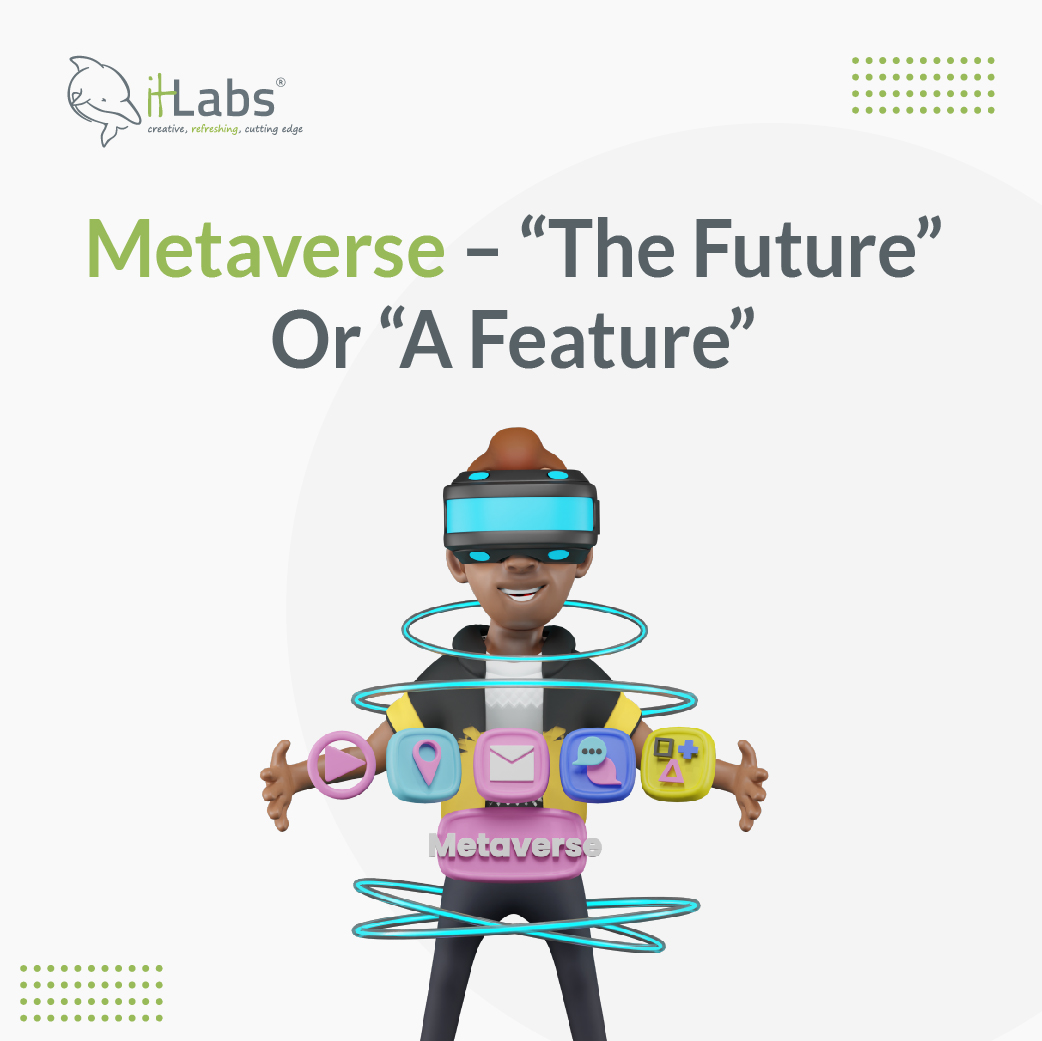Developing mobile applications with React Native and Expo offers a straightforward, efficient path to bringing your app to life across both Android and iOS platforms. However, this development journey is not without its challenges. The dynamic nature of mobile development and the abstraction layers introduced by frameworks like Expo can introduce unique challenges. Through this article, we will explore these challenges in detail and offer insights into how you, as a developer, can navigate and overcome them.
What is Expo?
Expo is an open-source platform that enhances React Native app development, enabling developers to build cross-platform Android, iOS, and web applications from a single JavaScript codebase. It offers a managed workflow that abstracts the complexities of native code, focusing developers on writing their app’s logic and UI instead. Expo provides tools for project creation, a library of pre-made components, and a client app for testing, facilitating a quicker development cycle. While it makes mobile app development more accessible, especially for those new to the field, it also offers an option to “eject” to a bare workflow for developers who may need direct access to native code for more complex requirements.
Constant Updates and Expo Version Deprecation
One of the most prominent challenges in React Native development, especially when using Expo, is the need for constant updates. The mobile development ecosystem evolves rapidly, with new OS versions, SDK updates, and security patches released frequently. Expo abstracts much of this complexity by managing the native code and providing a set of APIs that work across iOS and Android. However, this comes with a catch: Expo SDK versions are deprecated regularly, requiring developers to keep their Expo version up to date to ensure compatibility and security. This continuous need for updates can lead to significant overhead, especially for larger projects or those with custom native modules.
Starting August 31, 2023, Google Play requires all new and updated apps to target a recent Android API level that keeps pace with the latest system version released the prior year.

For existing apps, the policy stipulates a target of an API level within two years of the most recent major Android version release. If this requirement is not met by August 31, the second year after a major Android release, the app will not be accessible to all users. This directive ensures that even established apps on the platform meet modern security and functionality standards.
Developers adhering to these updated policies showcase their dedication to providing a secure, efficient, and high-quality user experience on Google Play.
For more detailed information, visit the official Google Play support page.
On February 6, 2024, the Apple App Store announced that from April 29, 2024, all app submissions must be built with Xcode 15 or later in order to be uploaded to App Store Connect or submitted for distribution. With this timeline, developers face a narrow window for updates, as the latest version of Expo, version 50, which aligns with these requirements, was released only weeks before Apple’s announcement. This compressed schedule highlights the urgency for developers to quickly update their Expo platform to comply with Apple’s new submission requirements.

Abstract Navigation Without URLs
Unlike web applications, which rely heavily on URLs for navigation and state management, mobile applications built with React Native and Expo utilize navigation libraries to structure and manage app flow. This approach to navigation doesn't involve URLs in the traditional web sense, placing greater emphasis on abstract navigation strategies. In React Native apps, including those developed with Expo, navigation is defined through JavaScript configurations using libraries like React Navigation. This method requires developers to carefully plan and implement the app’s navigation logic and transitions, ensuring a smooth user experience. The absence of URLs as a navigational tool within the app itself means that developers must adopt a comprehensive understanding of these libraries and effective state management practices to navigate the complexities of multi-screen app development.
Stack navigation allows users to move between screens with a push-and-pop style, while the bottom tabs facilitate switching between app sections. The Drawer navigation is displayed by overlapping the content, and a modal is used for focused tasks, with deep linking offering a method to navigate to a specific screen programmatically.
Breaking Changes in React Navigation
The transition from React Navigation Version 5 to Version 6 exemplifies the challenges of breaking changes in critical libraries. React Navigation, a cornerstone for managing screen navigation in React Native apps, introduced significant changes in its Version 6 release, affecting how developers implement navigation. While improving performance and flexibility, these changes require developers to refactor existing code, adjust to new patterns, and learn updated API surfaces. It’s crucial to note that the updated Version 6 is not backward compatible with previous versions, meaning that direct upgrades without adjustments can lead to functionality issues or complete failures in existing navigation logic. This update highlights the importance of solid documentation and community support while presenting a considerable learning challenge for developers during the transition.
Abstract Rendering in React Native Development
React Navigation’s method of handling app navigation through JavaScript configurations exemplifies the abstract rendering approach prevalent in React Native development. This abstraction compels developers to design their app’s navigation structure and other UI components without the direct visual feedback typically accessible in web development environments. For instance, the navigation bar is customized through code, using properties and options within the navigator’s or component’s configuration. This process contrasts with the direct manipulation of elements seen in native UI development tools, requiring a detailed understanding of the available APIs and a thoughtful approach to UI design and user interaction.

In React Native, unlike web development, the navigation bar’s visual elements are set programmatically through properties such as headerRight and headerTitle, linking the navigation structure directly with UI representation.
Debugging Challenges
The DOM plays a central role in web development, representing the structure of a webpage and allowing developers to interact with and modify its content and presentation dynamically. Tools like Chrome DevTools make direct manipulation of the DOM accessible, facilitating real-time feedback and adjustment. Developers can easily inspect elements, modify styles, and interact with JavaScript directly within the browser, making the debugging process highly interactive and visual.
In contrast, mobile app development, especially with frameworks like React Native, operates without a traditional DOM. React Native bridges JavaScript code to native components, translating JSX into native views specific to iOS or Android rather than utilizing web views. This fundamental difference means that developers can’t directly manipulate a page’s structure in the same way as they would in a web environment. Instead, the debugging process involves interacting with abstract representations of native components.
The absence of a DOM in mobile development necessitates a shift in debugging strategies. Developers must rely on different tools and techniques that offer insights into the app’s state, component hierarchy, and performance metrics, but these don’t provide the direct, hands-on interaction with UI elements found in web development tools.
Silent Runtime Errors: Mobile vs. Web Development
In web development, many errors are caught during compilation, offering developers quick feedback to resolve issues before they affect users. This process contrasts with mobile app development, particularly in React Native environments, even with TypeScript’s compile-time checks. Mobile developers face the challenge of silent runtime errors—issues that bypass compilation without halting the app’s build but emerge as crashes or malfunctions when accessing specific components during runtime.
This difference underscores mobile developers’ need to adopt advanced error-handling measures beyond TypeScript’s capabilities. Strategies include implementing error boundaries for error management within component trees, using advanced error logging for hidden issues, expanding testing to cover potential runtime errors, and valuing user feedback for real-world insights.
These practices are essential for effectively managing the silent errors unique to mobile app development, ensuring stability and a seamless user experience in contrast to the direct error feedback loop present in web development.
Device and Platform Diversity:
The vast array of devices and operating systems in mobile development introduces additional complexity. Developers must ensure their apps function well across different screen sizes, OS versions, and hardware capabilities. This requires a responsive design approach to accommodate various displays and a flexible feature set that adapts to device-specific strengths and limitations. Effective testing across emulators, simulators, and physical devices is critical to uncover and address platform-specific issues. Continuous updates, informed by user feedback and emerging device trends, help maintain app relevance and performance across the ever-evolving mobile landscape.
Conclusion
Navigating React Native and Expo’s ecosystem presents a unique mix of opportunities and challenges for mobile app development. From the need for constant updates and navigating app store regulations to adapting to breaking changes like those seen in React Navigation’s evolution, developers are required to stay agile and informed. The shift towards abstract rendering and away from traditional web development practices demands a deep understanding of React Native’s paradigms and a thoughtful approach to UI/UX design.
Despite these difficulties, the comprehensive support from documentation and the developer community provides valuable resources for overcoming obstacles. Moreover, mastering debugging, error handling, and ensuring compatibility across a diverse range of devices are essential for delivering high-quality mobile applications.
In summary, while React Native and Expo offer a streamlined approach to cross-platform development, they also emphasize the importance of continuous learning and adaptation. Embracing these challenges not only enables the creation of impactful mobile applications but also contributes to the growth and evolution of developers in the mobile app development landscape.





































































